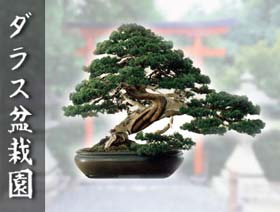|
|
|
.gif) |
|
|
|
|
|
|
|
Sunlight,
but shelter it from the strongest sun rays.
Protect it also from winter frost.
|
|
|
|
|
|
|
|
Check
the soil conditions every day and supply as much
water as necessary to keep the soil always
slightly wet.
|
|
|
|
|
|
|
|
Every
2 weeks, during the vegetative season.
|
|
|
|
|
|
|
|
By
mid-spring, every 1-2 years according to the
root-ball development. Use mould with a good
drainage.
|
|
|
|
|
|
|
|
Shorten
the growth of the year drastically in autumn.
The new spring growth will develop vertically:
bend it down wiring it or fixing a thin metallic
net for some weeks, until the buds get their
typical hanging shape.
|
|
|
|
|
|
|
|
By
semi-wood cuttings in summer or by wood ones
in winter. By layers in late spring or at the
beginning of summer.
|
|
|
|

Informal
Upright, Slanting, Prostrate, Cascade, Root over Rock
and in Rock, Double Trunk and Group styles. Suitable for
every size from small to big ones.
|
|
|





